Ancient tombs lay open many places in Israel. With their original inhabitants decomposed, stolen, or relocated, these unoccupied sepulchers offer insights into history.
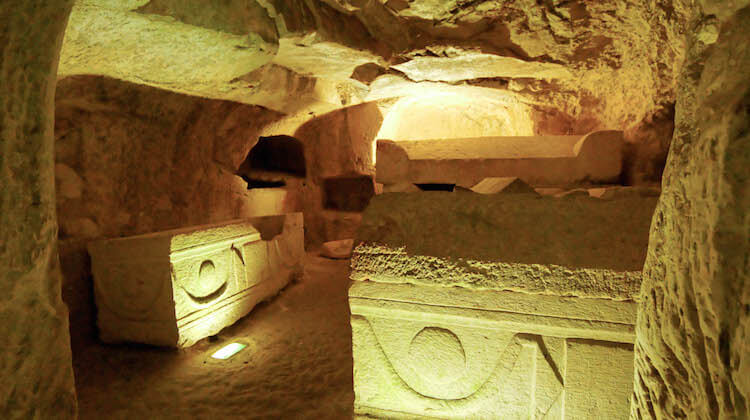
(Photo: Beth Shearim’s Cave of Coffins. Courtesy of the Pictorial Library of Bible Lands)
I’ve written several other posts about tombs in Israel, most notably:
- Jesus’ tomb in the Church of the Holy Sepulchre
- The Garden Tomb in Jerusalem
- The Tomb of David (which isn’t)
- Herod the Great’s Tomb in the Herodium
- The Patriarchs’ Tomb at the Cave of Machpelah
There are more, to be sure. But I’d like to share several more tombs you can see in Israel, as well as their significance.
Most of these you can actually walk in—and thankfully, also walk out.
The Magnificent Tombs in Beit She’arim
An ancient Jewish town in Galilee famous for its magnificent tombs hewn from the hills, Beit She’arim reached its heyday in 2nd-4th centuries AD.
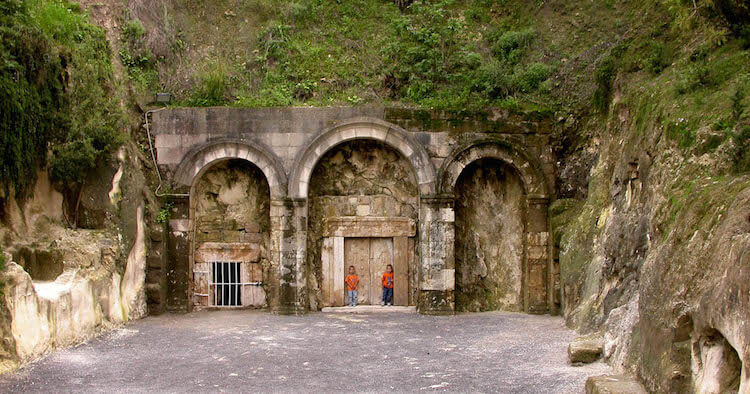
(Photo: Beth Shearim’s Cave of Rabbi Judah the Prince. Courtesy of the Pictorial Library of Bible Lands)
Many of the beautiful caves and tombs are open for guests to explore, including:
- The leader of the Sanhedrin in the third century, Rabbi Judah Hanasi relocated to Bet She’arim. His tomb remains one of the most beautiful.
- The Cave of Coffins with its splendid façade
- The Cave of Rabbi Judah the Prince
- The Lulavim Cave
Interpretive signs make plain the Jewish motifs and Greek inscriptions in the caves. The interiors of the tombs include dramatic lighting that highlights the elaborate carvings on the sarcophagi and on the walls that surround them.
Kidron Valley Tombs
Visitors to Jerusalem can see a number of monuments and tombs in the Kidron Valley.
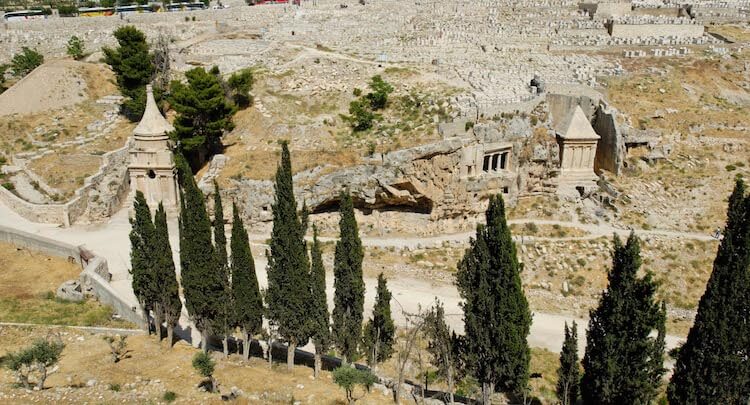
(Photo: Pillar of Absalom and Tomb of Zechariah in Kidron Valley. Courtesy of the Pictorial Library of Bible Lands)
- One monument looks like an upside-down funnel, known as “Absalom’s Pillar,” or “Absalom’s Tomb”—a misnomer associated with 2 Samuel 18:18. However, it represents funerary monument from the time of Jesus.
- Further south, another monument with a pyramid-shaped top is called, “Zachariah’s Tomb”; attributed to Saint James, the tomb bears a Hebrew inscription that connects it to the priestly family of Hezir (1 Chronicles 24:15).
- Further south, the village of Silwan has the alleged “Tomb of Pharaoh’s Daughter,” and the Tomb of Shebnah, Hezekiah’s scribe (2 Kings 18:18).
You can read more about the tombs in the Kidron Valley in my post about them.
Tomb of the Kings (But Really, of a Queen)
Jerusalem’s large and magnificent “Tomb of the Kings” was actually built for a queen—Helena of Adiabene. The misnomer occurred by those who first excavated it. The ancient writers, Josephus, Pausanias, and Eusebius mention the tomb of Helena.
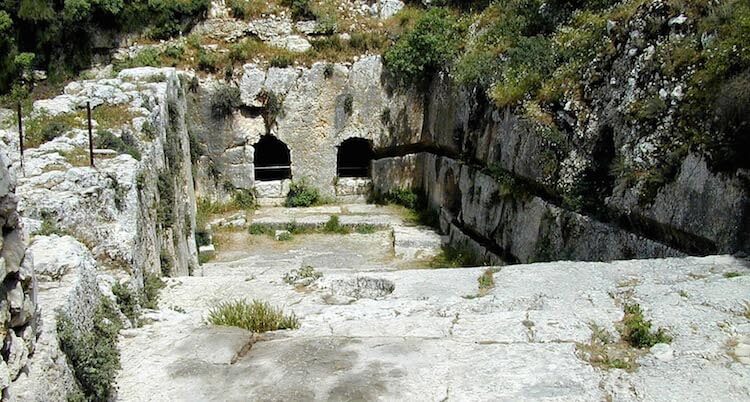
(Photo: Tomb of Kings monumental staircase. Courtesy of the Pictorial Library of Bible Lands)
The entrance to the first-century tomb complex boasts a massive monumental 29-foot-wide staircase that descends to the main courtyard. The stairs drain rainwater into adjacent ritual baths, called mikvot, used for purification after contact with the dead.
The tomb complex is large—a main chamber with eight burial chambers—and features an excellent example of a rolling stone entrance, as well as an arcosolium-type burial place, which is the type of tomb in which Jesus was buried.
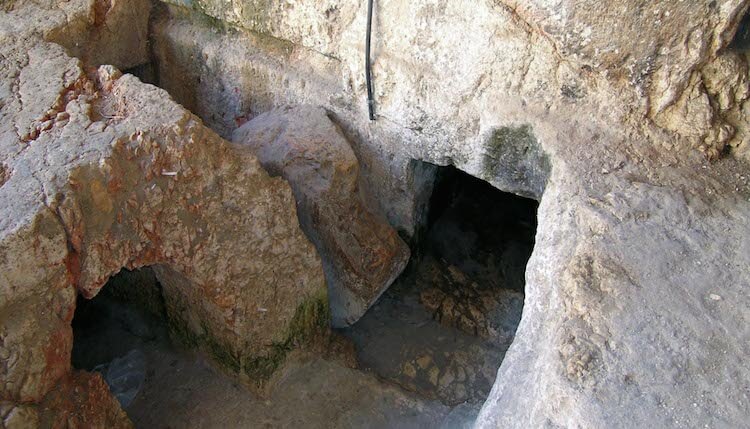
(Photo: Tomb of Kings entrance with rolling stone. Courtesy of the Pictorial Library of Bible Lands)
Empty Tombs—A Picture of the Future
Of course, these tombs are empty for different reasons. But they remind me that every tomb of all time will one day be empty.
Each human will rise from the dead in resurrected bodies and live forever, either in God’s presence or apart from Him—depending wholly on one’s relationship to Jesus Christ (John 3:16).
Multitudes who sleep in the dust of the earth will awake: some to everlasting life, others to shame and everlasting contempt. —Daniel 12:2
Tell me what you think: What do tombs make you think of? To leave a comment, just click here.
You’ll find these sites and more in a book I wrote for the Israel Ministry of Tourism, 100 Off-The-Beaten-Path Sites. You can download a free copy.
